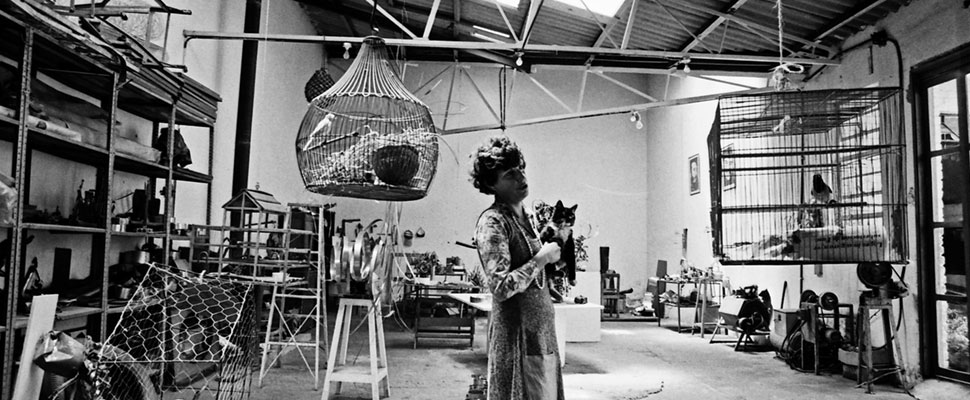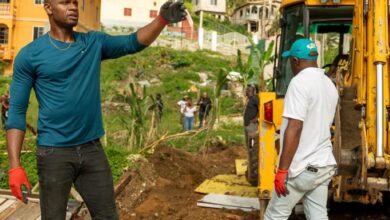Feliza Bursztyn: the Colombian woman who dared to make sculptures with scrap metal before it was in
In Bogotá, where women were not part of the public sphere of art, Feliza Bursztyn embraced her reputation of being crazy

Feliza Bursztyn has been one of the artists who have most marked the contemporary art of Colombia and Latin America, but she is little recognized by history. Perhaps, many prefer to ignore her because she devoted herself, both in her artistic career and in her personal life, to breaking the rules.
Leer en español: Feliza Bursztyn: la mujer que se atrevió a hacer esculturas con chatarra antes de que estuviera in
According to El Espectador, "Feliza Bursztyn is considered the precursor of the installation in Colombia. She used scrap iron and stainless steel waste to make sculptures on different scales. Germán Rubiano Caballero says that Bursztyn 'inaugurated in Colombia the art with poor materials and always preferred that her works were laughable, ephemeral and unsightly (…). Between 1961 and 1967 she built countless scrap metal. If at first her works were timid and almost elementary: conglomerates of wheels, hoops, nuts, small sheets, poorly welded around a vertical axis, little by little they became complex, rich, and acquired the rare quality of transforming the original character of the accumulated materials, whether they were jars, bands, wires, nuts or screws'. "
She was an absolutely feminine woman but dedicated to making sculptures with scrap, including motors so that they moved and had sounds and lights, as the Cultural Encyclopedia of the Bank of the Republic of Colombia explains. By daring to do something that nobody else was doing in Colombia at that time, she split art history in two. In addition, she was the first to divorce within the Colombian Jewish community, which, for many, was not easy to accept. Thus, Feliza subverted what she touched, both in the public and in the private spheres.
In November of 1979, the magazine Carrusel published an interview entitled "In a country of sexists, be crazy!". In it, Feliza answers the question "Have you never been afraid, when you started, that people would think these innovations were not due to the search for a new sculptural language, but simply, that you are crazy?" Saying: "No. Quite the opposite. I embraced the crazy thing, and insisted on it to really do what I wanted. Because I do believe that we live in a macho world. And being a sculptor and not being a man is very difficult. For people to take me seriously, I resorted to that trick, because they thought: 'Maybe that crazy lady does interesting things'. And I think this worked. "
In addition, as curators Ximena Gama and Manuela Ochoa remember in the first episode of the podcast Womansplaining by Gloria Esquivel, of the university magazine Cero Setenta, Feliza was always a woman in a group of men in the intellectual and artistic sphere of Colombia in the decade of the 60's. From García Márquez to Alejandro Obregón, her apartment-workshop in Bogotá was a center for cultural gathering.
Maybe history has forgotten Feliza because she had to leave the country exiled. As Gabo wrote for El Pais in 1982, as an obituary, "Colombian sculptor Feliza Bursztyn, exiled in France, died of sadness at 10:15 a.m. on Friday, January 8, at a restaurant in Paris. (…) Feliza Bursztyn had to escape from Colombia -as the protagonist of The Trial, by Franz Kafka- could have done to avoid being imprisoned for a crime that was never revealed to her.
LatinAmerican Post | Laura Rocha Rueda
Translated from "Feliza Bursztyn: la mujer que se atrevió a hacer esculturas con chatarra antes de que estuviera in"





